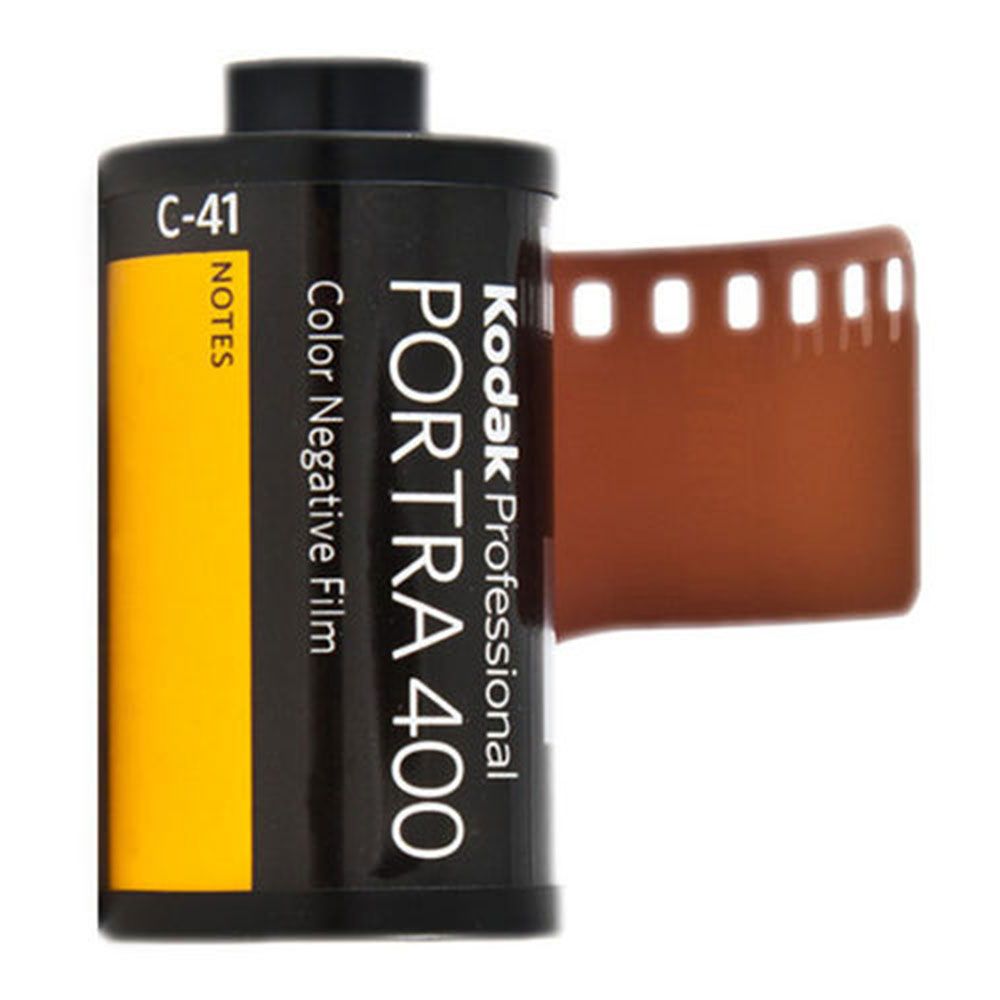
It works because nothing in the image is overdone, yet nothing is bland either. Portra shines though by not turning anything up past around an eight, never mind all the way to eleven. Other films might push a certain attribute as their thing, like high contrast monochrome or excelling after dark, and there’s nothing wrong with that. With its sunny feel and colours and contrast that enhance a scene without making it unrealistic, Portra seems to deliver exactly what they want. Portra 400 is no different in that sense, and I think it’s that warmness combined with the more muted colours that brings it so many fans.įor better or worse, a lot of hobbyist film shooters want a certain vintage look. Kodak films do tend to give your photographs a warmness, especially when compared to typical Fujicolor offerings. These image qualities made Portra a favourite among wedding photographers in the days before most of them went digital, and among new film shooters in the more recent resurgence of analogue photography. The world’s finest grain at 400 speed in fact, if the box is to be believed.
#35mm color film skin
This means they keep skin tones looking nice and natural, unlike some of the more vivid Kodak films, and have very fine grain. It’s where I dug out all the information above from.Īs the name suggests, Kodak Portra films were designed with portraits firmly in mind. If you want to know more about all this Kodak film history, I recommend you check out this website.
#35mm color film iso
The same streamlining happened with the ISO 160 Portra a year later, while the ISO 800 Portra was only ever available in a single version anyway. So in 2010, Kodak Portra 400 NC and Kodak Portra VC 400 both ceased to exist as they merged together and became the simple, singular Kodak Portra 400 we have today. Not when a simple bit of Photoshop work could easily replicate the look of either.

However, as editing film scans digitally became more the norm, Kodak deemed it not worth producing the two slightly different stocks anymore.

With most people still processing their work in a darkroom, the inherent differences in colour and contrast in these films were a big help. A year later, this was rebranded as Portra 100T, a film that was discontinued in 2006.Īt the same time Vericolor VPL was replaced by that Ektacolor tungsten film, Vericolor VPS was also being killed off to make way for the new Portra NC – or natural colour – films, which were available in 160 and 400 speeds.Īlongside these was a Portra VC, which stood for vivid colour and also came in ISO 160 and 400 versions.
#35mm color film pro
It’s Vericolor II that brings us to the Portra era, with the VPL one first being replaced by a short-lived Ektacolor Pro Gold 100T film in 1998. At this point, Ektacolor and the original Vericolor films were discontinued.
#35mm color film professional
These were sold alongside Ektacolor until 1974 when the upgraded Vericolor Professional II came along, with the codes updated to VPS and VPL. This also had Type S and Type L versions, which were given the codes VS and VL. This also came in Types S and L.įast forward to 1971 and Kodak launched another colour negative film called Vericolor. In the late 1950s, these were replaced with Type S for short exposures and Type L for long exposures, before a newer version called Ektacolor Professional was introduced in the early 1960s. Hold on tight if you want to know how because this might get a bit meandering.īack in 1949, Kodak produced a colour negative film called Ektacolor which came in Type A and Type B versions, for daylight and artificial light situations respectively.

That said, its lineage can be traced back to the middle of the last century. It was born in 1998 and changed to what it is today in 2010. Kodak Portra 400 is a pretty new film especially when you consider how long Kodak as a brand has been around. Check Price On Amazon What is Kodak Portra 400?


 0 kommentar(er)
0 kommentar(er)
